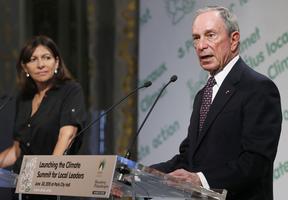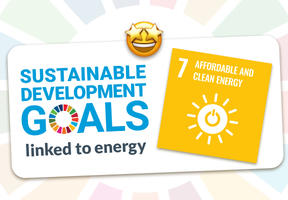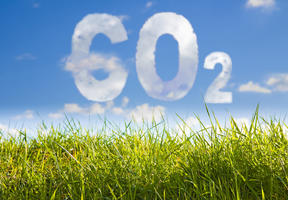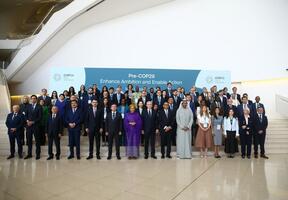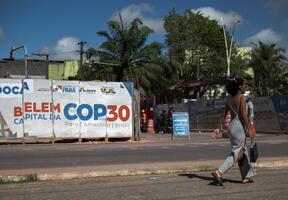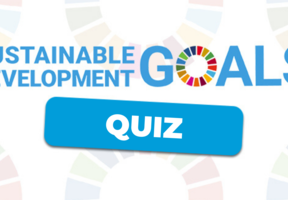Moscow, a City Undergoing Transformation
10 min read
Moscow, the capital of the Russian Federation, is Europe’s largest city in terms of both population (12 million residents in the city limits and almost 17 million residents in greater Moscow) and surface area (spreading across more than 1,000 square kilometers). Moscow’s development was strongly influenced by successive waves of Tsarist, then Soviet, policies and remains highly dependent on decisions made by the central government.
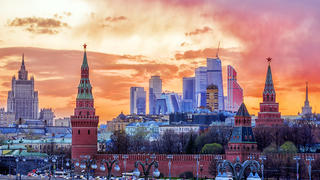
© SHUTTERSTOCK - Three periods, three skylines: the Kremlin complex, Stalinist Empire-style skyscrapers (left) and the new Moscow International Business Center, or "Moscow City".
An Urban Landscape Shaped by History
Moscow has been carved out over the centuries around a fortress, the Kremlin, which continues to be the city’s political center. Even after the tsars moved to Saint Petersburg, the new city that Peter the Great began constructing in 1703, Moscow remained the symbol of the Russian nation and the resistance against Napoleon’s armies in 1812, as well as the image of “Little Mother” (Matushka Moskva) to the Russian population and the home of the Russian Orthodox Church. The communist Soviet Union further elevated the city’s status as an ultra-centralized capital between 1917 and 1991. The switch to a market economy and the advent of globalization hasn’t diminished the city’s role, with Moscow contributing 25% of the Russian Federation’s gross domestic product (GDP). Moscow’s urban landscape has been deeply impacted by this centralism.
In an echo to the Kremlin, a sort of “forbidden city” over which he reigned supreme, Stalin decided after World War II to dot Moscow with another group of buildings, visible from afar, composed of seven skyscrapers known as the “Seven Sisters”. Intended to rival Manhattan’s skyline, the skyscrapers served as ministry headquarters, universities and residences for senior public officials, rather than spaces dedicated to commercial activity. Between 1935 and 1955, the majority of Moscow’s subway was built. Renowned for its richly decorated stations, its design sought to prove that beauty is accessible to all. Today, the network still has the second-highest ridership in the world after the Tokyo subway, with almost 7 million riders per day.
During the de-Stalinization campaign at the end of the 1950s, the new leader Nikita Khrushchev erected thousands of poor-quality, five-story apartment buildings in central Moscow dubbed “khrushchevki”, whose residents became de facto small property owners.
Another feature handed down from the past is the city’s large number of parks. Although Moscow is far from being the world’s greenest city based on various performance indicators (transportation, waste, pollution, , etc.), it enjoys the most green space, with 450 square kilometers of park area, including more than 100 square kilometers of genuine forest populated by elk. On average, each Muscovite has access to 27 square meters of green space, compared with 6 for Paris, 8.6 for New York and 7.5 for London.
Current Transformations
The city’s transformations1 are being shaped by three factors: the vision of the country’s leadership, particularly that of Vladimir Putin; the new operating requirements of large industrial and financial corporations; and the state of the country’s finances. Severely strained by the economic crisis that followed in the wake of the Soviet Union’s collapse, the country’s financial resources are now heavily dependent on global energy prices, since Russia is a major oil and gas producer.
Despite these difficulties, the decision to embrace the globalized economy led to the creation of the Moscow International Business Center, a high-profile, mixed-use complex reminiscent of commercial districts in Asia and the Gulf, though perhaps not quite as spectacular. Europe’s three tallest skyscrapers are currently located in Moscow. At 373 meters, Federation Tower is the tallest. Stalinist Empire architecture has given way to bold designs, like the famous Evolution Tower, shaped like a strand of DNA.
With a budget of more than €100 billion, the 30-year plan for the expansion of Moscow includes major projects for building offices, shopping centers and housing estates for single-family homes. These projects have met with resistance, however, from a population that is used to living in a command economy and where income inequality is worsening. One striking example was the public backlash against Moscow’s plan to demolish 8,000 Khrushchev-era apartment blocks. Built with prefabricated elements and materials that lack insulation, the low-cost buildings had become decrepit. On the other hand, they were situated in micro-neighborhoods with schools and hospitals. Half a century after their construction, the announcement of a relocation plan involving the transfer of 1.6 million people to the suburbs unleashed a storm of protests in early 2017, prompting President Putin to step in and reduce the target by half.
Nevertheless, the housing sector is clearly in need of renovation. Under equivalent weather conditions, a Russian home consumes twice as much energy as a European or American one. The housing sector accounts for one-third of the country’s savings.
One difficulty is weaning Muscovites off a system of low-cost or free “services”. The city’s vast district heating system is supplied by combined and power stations. Aging and poorly insulated, the underground network produces excessive heat, and residents are unable to control the heat level within their homes. Administrators open the pipes at the start of the “heating season”, which begins when the average temperature is below 8°C for five days. Moscow’s centralized system goes against the principles of energy efficiency, which to the contrary requires the ability to make subtle adjustments to suit individual needs. The government is interested in privatizing the heating sector and has begun looking for foreign partners. However, it still must find a way to pay for the necessary investments: the heating bills of Muscovites cover only two-thirds of the cost of producing heat.
Energy efficiency has become a Russian priority supported by the new Skolkovo Innovation Center, located east of Moscow. The results have been spectacular: on average, new buildings consume half the amount of energy as the old ones2.
Moscow’s Rings and Loops
Another challenge facing Moscow is how to alleviate traffic congestion and public transportation bottlenecks. The number of cars on Russia’s roads has increased by more than 50% over the past ten years, and Moscow is considered to be one of the world’s most congested cities.
Notwithstanding the impressive efficiency of Moscow’s subway system, municipal authorities have stressed the need to create a series of concentric transportation loops to facilitate travel between the outlying suburbs, similar to the Greater Paris project. A new ring line, the Moscow Central Circle (MCC), was recently completed. It is 54 kilometers long and has 31 stations. Construction of a light rail transit system will also begin in 2018. The 240-kilometer ring will link major cities in the region and the four international airports.
Moscow’s road projects are equally ambitious. After the famous Moscow Automobile Ring Road (MKAD), which opened in 1960, a new beltway, the Central Ring Road (TsKAD), will be built 45 kilometers from the Kremlin.
Decisions pertaining to major infrastructure projects continue to be highly centralized. Moscow has the status of an autonomous region and is governed by an assembly and an executive branch, headed by the mayor. The mayor has been an elected official since 2013 but, in reality, he is endorsed by the central government.
Sources:
- See La Jaune et la Rouge, the Ecole Polytechnique alumni magazine (in French only)
- Novethic (in French only)


